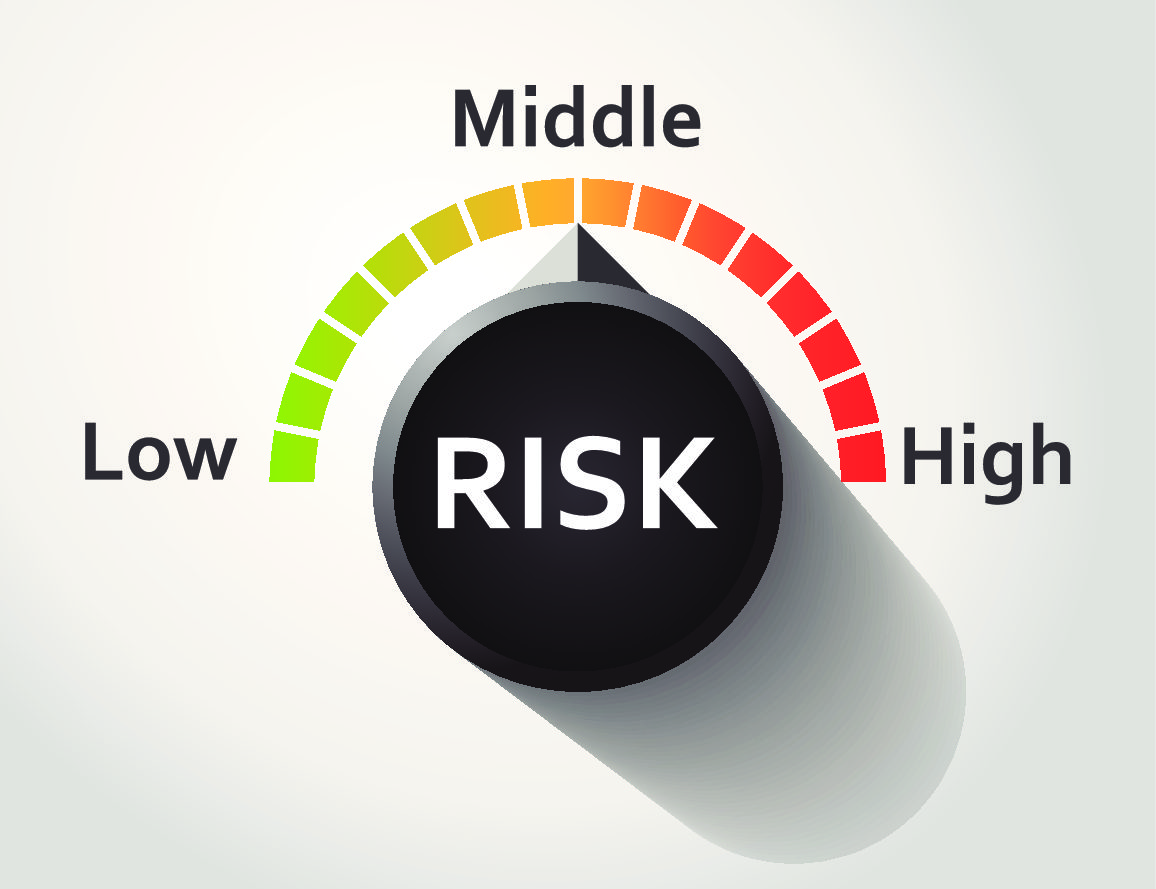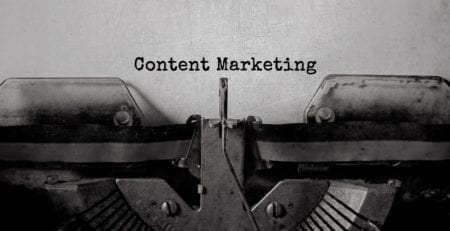How to take risks without jeopardizing your brand
In today’s customer environment, online marketers must take dangers. The landscape is just too crowded, and also customers are also sidetracked. So doing the very same old thing and also anticipating a different outcome; that isn’t really just the definition of craziness, it’s likewise a dish for getting lost in the clutter as well as risking brand irrelevance.
Success, nonetheless, depends on understanding the difference between taking dangers– as well as being dangerous. The former can broaden your audience, brand name, as well as awareness perception; the latter will certainly take away from your ability to do so.
The Super Bowl earlier this year was a microcosm of taking risk vs. being risky, with brand names straddling the line in between the two while pushing the boundaries of a system once booked for beer, scantily clad females, and cheap laughs. If you was just one of the 100+ million that watched the video game, you were subjected to social issues and also messages that as soon as were forbidden from marketers– from taking depend on equal spend for women and migration to FOX’s patriotic messaging and Lady Gaga’s halftime performance nods to the NFL’s “Inside These Lines” unity advertisements.
However those messages as well as the reactions they created certainly elevate concerns:Exactly how do you press limits without exceeding them?
Exactly how do you take possibilities while holding to your brand name?
Just how do you engage your target market without annoying them?
As well as, most crucial, exists a way to know the answer before your campaign ever before strikes the marketplace?
One of the tricks is having a deeper-level understanding of your consumer– which is where neuroscience plays a vital role. Neuroscience has actually revealed that even more than half our brain processing occurs listed below conscious awareness, and that conscious feedbacks (to studies, dial tests, and so on) just expose a section of what influences consumer behavior.
By totally recognizing your customer, you could understand the limitations of risk– before it becomes high-risk.
Through years of research study, we’ve recognized 4 crucial locations where brand names might take threats with the ideal degree of riskiness for the brand.
1. Social Activism
Historically, brands mostly have avoided social and also political issues. Straightening with one cause could be preferable to some, but off-putting to others: As brand name prophet Michael Jordan when stated, “Republicans get tennis shoes, also.”
Maybe the marketing climate is altering. Throughout Super Bowl LI, brands handled polarizing subject– from gender pay to migration. Places typically received vital praise and created a whole lot of buzz on various other as well as social media electrical outlets, yet likewise dealt with difficulties– primarily in the form of unfavorable comments.
It’s crucial for brand names to recognize their customers well enough making this leap in messaging as well as positioning. Due to the fact that success depends not simply on taking a stand or sustaining a concern yet also on adhering to it as well as making certain that it belongs to your brand name worths. Needing to walk backwards is even more hazardous compared to never having decided to start with.
As customers significantly look for authenticity as well as openness in the brands they sustain, you should understand where your customer falls in that situation. To succeed it should stay constant with just how the brand acts every day if a brand is going to involve in social advocacy or social concerns.
2. New Content and also Formats
Your brand may not change, but you can alter just how you offer it. For circumstances, during Super Bowl L, Mountain Dew debuted “Puppy Monkey Baby,” an attractive animal that incorporated 3 “charming” commercial staples. The creature was a little unusual, yet it remained in line with the brand name message: three amazing things (Dew, high levels of caffeine, and juice) in one drink.
It was additionally one of the top-Tweeted advertisements throughout the game, which reinforced our neuroscience study that top-tweeted ads are generally simpler to process, that they trigger solid memory activation during the last branding minutes, and that they create a lot more grins compared to advertisements that produce extremely few Tweets. This atypical kind of material was additionally seen in Old Spice’s “The Man” project, which integrated the brand name and also item while talking with a completely new audience– females that purchase for males.
If advertisers involved market with irregular web content too early, the advertisement could come off as insincere. Nonetheless, get here too late, as well as you shed the advantage of novelty and threat being seen as a copycat. For instance, Dairy Queen debuted ad web content just like Old Spice’s, but it did not obtain the same appreciation.
It’s vital to ensure that brand-new web content and also new layouts tie directly to your brand name.
3. Humor as well as Seriousness
Humor can be a highly reliable advertising technique. But brands should comprehend that various things are funny to different individuals. As well as how much you push wit in your advertising and marketing can boost that divide, specifically with delicate subjects and also items that need more thoughtful factor to consider.
Just how far you push the borders of your brand proposal calls for a full understanding of your target market: You intend to strike the right equilibrium, delivering something that’s amusing, memorable, and on-brand.
Frequently, nonetheless, brand names do not comprehend their consumers well enough and finish up pushing them past appropriate boundaries, diluteding their messages way too much, and properly squashing the original intent.
4. New Directions
When is the correct time to change instructions– whether it’s a brand-new brand name image, a fresh advertisement project, a brand-new tagline, a different speaker, or a changed bundle?
Brand names commonly have a hard time when needing to make a decision whether they should proceed doing what they’ve been doing– or change program. Will the new instructions improve engagement, or will it rage as well as frustrate loyal consumers?
It truly depends on the brand name as well as the market or group. The trick is recognizing just how consumers feel regarding your current instructions.





